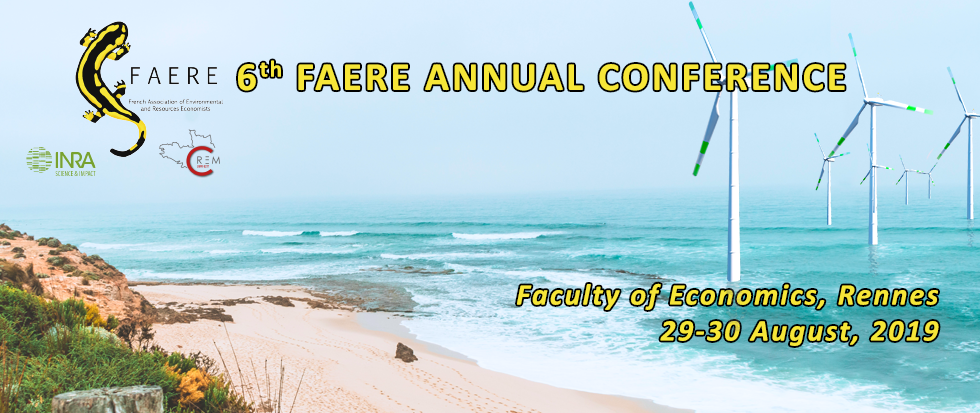Small island developing states (SIDS) suffer from several structural characteristics such as remoteness, small size, and the non-interconnection of networks that tend to jeopardize their ability to achieve energy transition. While this transition calls for structural changes in energy systems, SIDS are still heavily dependent on imported fossil fuels. We stress the importance of understanding the role of island energy systems in energy vulnerability, a complex and multidimensional phenomenon. The vulnerability of these territories to energy system disturbances and dysfunctions over which they have no control needs to be assessed. A composite index of energy vulnerability is constructed using a multilayer Data Envelopment Analysis (MLDEA) approach based on several energy indicators for 38 SIDS UN-members. We analyze the contribution of those dimensions that play an important role in energy vulnerability. Results suggest that inter- and intra-region disparities exist amongst SIDS when it comes to vulnerability assessment. On average, SIDS in the AIMS region have better energy performances than their island counterparts. We also identify policy priorities for each region following a cluster analysis and recommend inter- and intra-regional cooperation between these territories in terms of technology transfers and tailored solutions that better suit their specificities.

Assessing the energy vulnerability in small island developing states
1 : Centre d'Économie et de Management de l'océan Indien (Université de La Réunion)
(CEMOI)
-
Website
15 avenue René Cassin - BP7151 - 97715 Saint Denis MESSAG CEDEX 9 -
La Réunion
2 : Centre d'économie et de Management de l'océan Indien (Université de La Réunion)
(CEMOI)
-
Website
15 avenue René Cassin - BP7151 - 97715 Saint Denis MESSAG CEDEX 9 -
La Réunion
3 : AgroSup Dijon - Institut National Supérieur des Sciences Agronomiques, de lÁlimentation et de lÉnvironnement
-
Website
* : Corresponding author
Ministère de l'Alimentation, de l'Agriculture et de la Pêche, Ministère de l'Education nationale, de l'Enseignement supérieur et de la Recherche
26 Boulevard du Dr Petitjean - BP 87999 - 21079 Dijon cedex -
France


